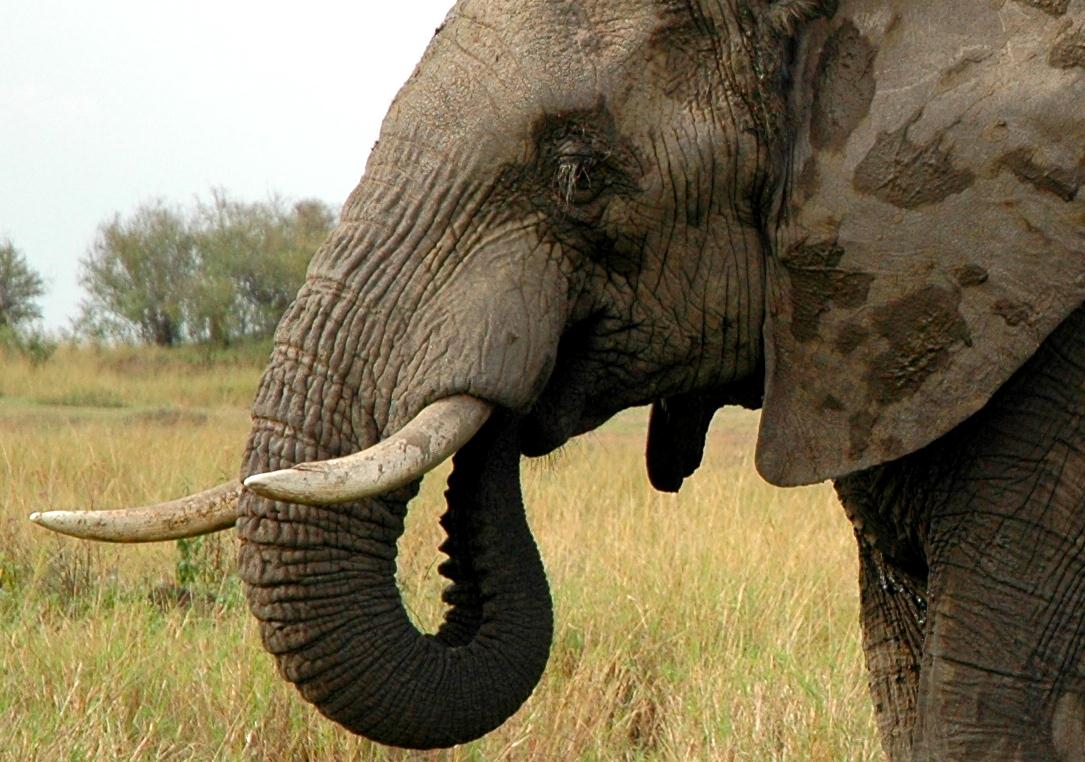One of the exhibitors at the recent FIATA World Congress in Kuala Lumpur was wildlife trade monitoring network TRAFFIC. Asia Cargo News caught up with Hallie Sacks, the organization’s communication officer, to discuss the scale of trafficking in animals and animal parts.

Asia Cargo News: What is the volume of trafficked animals and animal parts shipped worldwide?
Hallie Sacks: The USAID Reducing Opportunities for Unlawful Transport of Endangered Species (ROUTES) Partnership recently completed a report analyzing seven years of seizures of rhino horn, ivory, live reptiles and live birds in the air transport sector. Together, these make up about 60% of all trafficked wildlife. Over 5,000 kilograms of ivory tusks were seized at airports in 2016, which is the equivalent to two dead elephants a day. And over 180 kilograms of rhino horn were seized at airports in March 2017 alone, which represent at least 60 rhinos killed. On average, one rhino is killed every eight hours in South Africa, and 55 elephants are killed every day.
ACN: Is trafficking limited to certain regions?
HS: The report demonstrates that the issue is widespread, with criminals abusing airlines and airports in every region. Between January 2009 and August 2016, 114 countries reported cases of wildlife trafficking in the air transport sector. But this is still only a sample of the issue at large. A lot of seizures go unreported or traffickers are successful in operating undetected. It is impossible to know exactly how many times traffickers are successful at smuggling wildlife through the transport sector (or exactly how much they are smuggling), but estimates suggest that what we are seeing is only a fraction.
ACN: What drives this demand?
HS: Wildlife products like pangolin scales, tiger bones and rhino horns are commonly used for traditional medicine, often in China and other parts of Southeast Asia. Items like ivory and turtle shell are generally decorative and used for gifts, with China being the largest market for ivory. Demand in the US, Europe and Australia is often linked to the exotic pet trade.
ACN: What is the logistics and cargo industry doing to help combat this illegal trade?
HS: Members of the air cargo community have been some of the early leaders on this issue. The International Air Transport Association has unanimously endorsed a resolution denouncing the illegal wildlife trade, and over 75 transport organizations have signed the United for Wildlife Transport Taskforce Buckingham Palace Declaration which commits signatories to 11 commitments aimed to disrupt wildlife trafficking. Both the ROUTES Partnership and the Wildlife TRAPS (Wildlife Trafficking Response Assessment and Priority Setting) Project are working with industry to turn these commitments into solutions that work with their established processes.
ACN: What else could the logistics industry do to help, and why?
HS: Members of the logistics and cargo industry can incorporate anti-wildlife trafficking trainings into their standard training curricula, and establish protocols for reporting suspicious activities and handling seizures in a way that supports subsequent law enforcement.
Taking action against wildlife crime provides a lot of add-on benefits to industry. It can help reduce legal, financial, and biohazard risks associated with wildlife smuggling; it can help industry prevent other forms of crime, as the methods and red flags for wildlife trafficking are often the same as for other crimes including smuggling drugs, counterfeits and arms; and it helps industry take action on an issue that the communities that they work in and their customers care about.
By Darren Barton
Asia Cargo News | Kuala Lumpur



